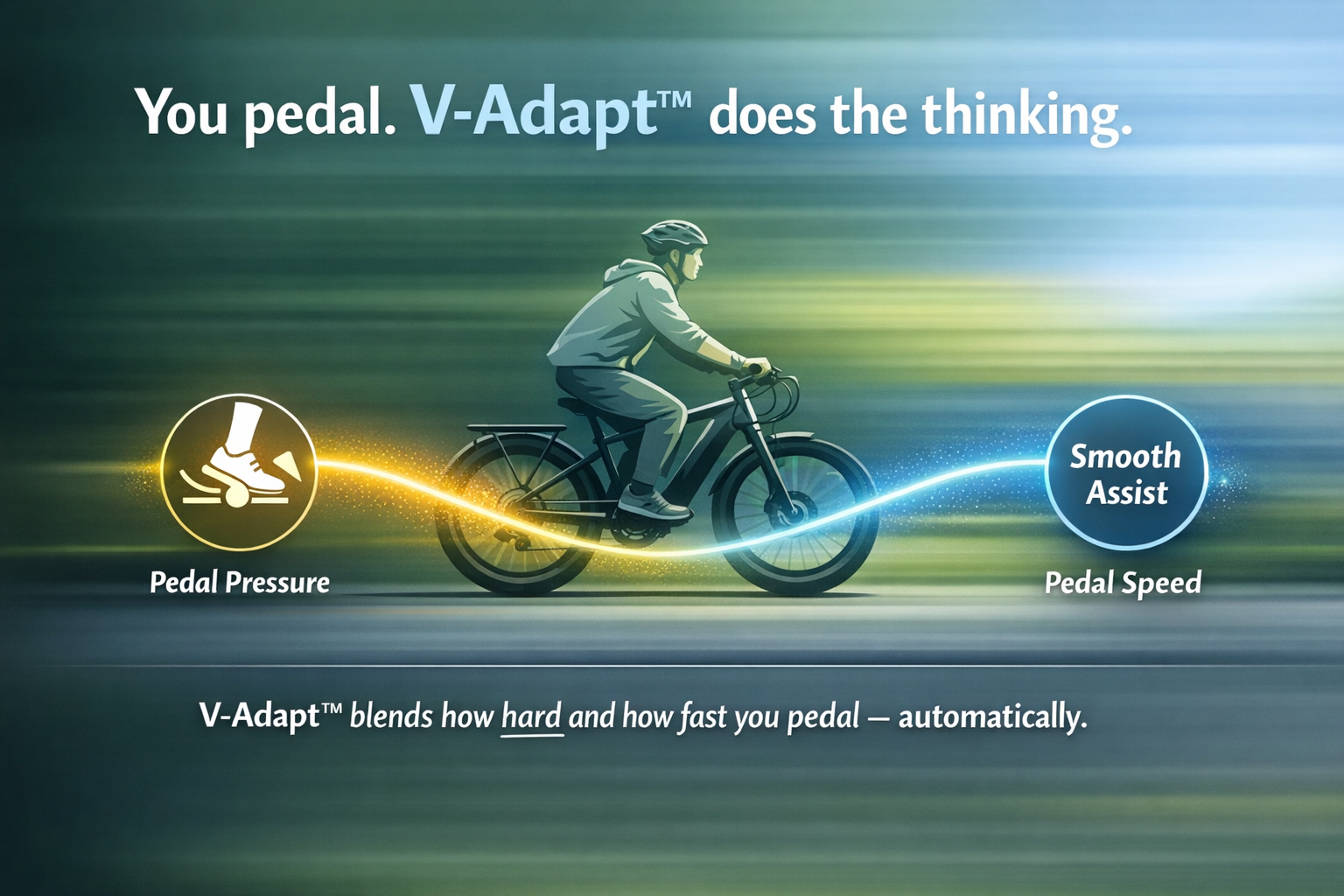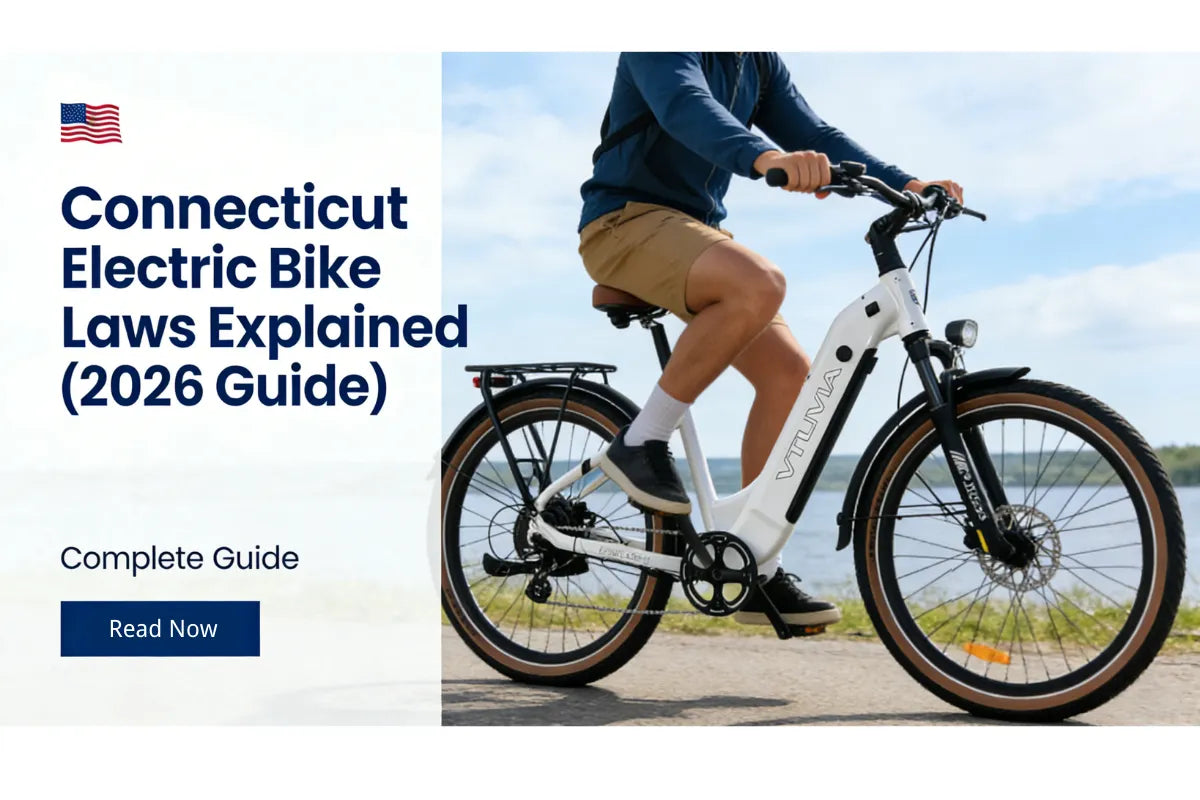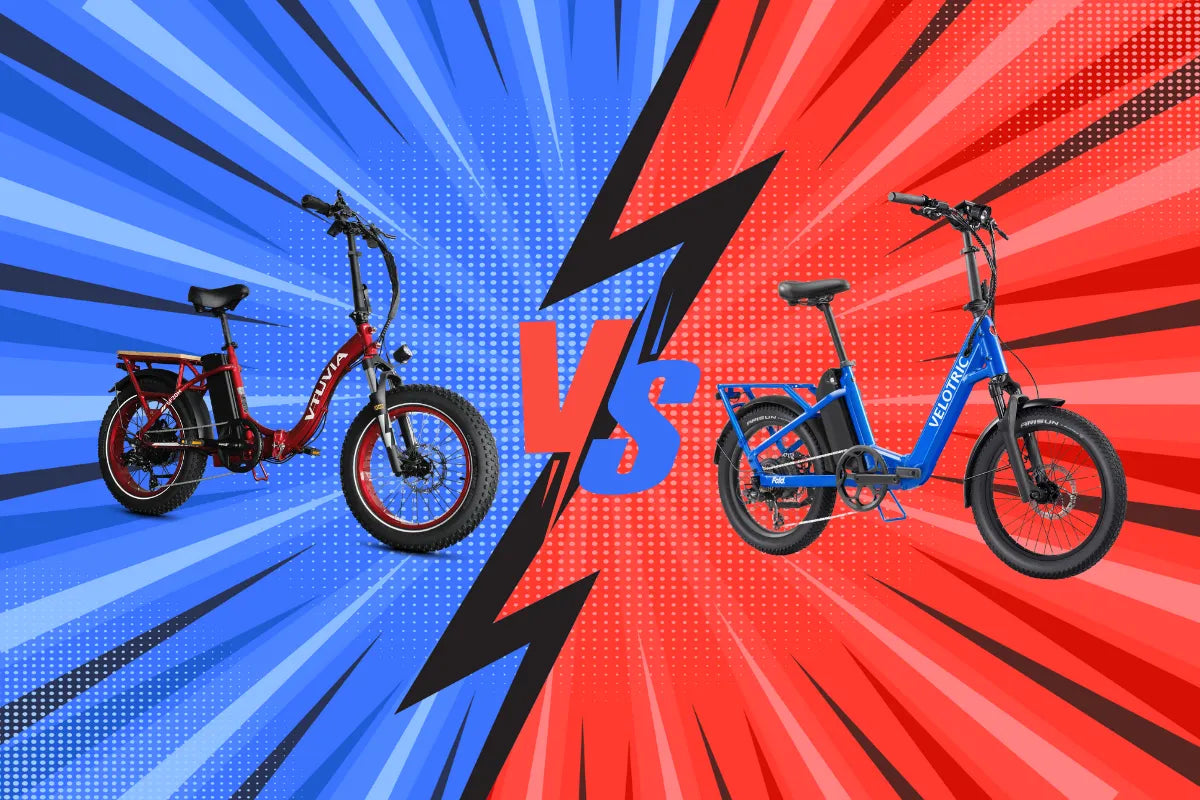Introduction
Ebike enthusiasts, gear up for an electrifying journey through the intricate maze of ebike laws and regulations! As the world embraces the eco-friendly revolution of electric bikes, it's crucial to understand the legal landscape to ensure a smooth ride. From city streets to serene trails, knowing the electric bike rules will keep you in the good graces of both Mother Nature and the law.
Unplugging the Mystery: What are Ebikes?
Before we dive into the legal nitty-gritty, let's demystify ebikes. These sleek, battery-powered rides are essentially bicycles with a boost. Equipped with an electric motor, they provide an extra push when you need it, making uphill climbs feel like a breeze. But hey, don't let the power fool you – you still need to pedal!

1. Classes of Ebikes
Understanding ebike classes is the first pitstop on our journey. These futuristic rides are categorized into three classes, each with its own set of rules:
Class 1: The Pedal Assist Prodigy
- Equipped with a motor that kicks in when you pedal
- Maximum speed capped at 20 mph
- No throttle for standalone motor use
Class 2: The Throttle Tamer
- Features a handlebar throttle for motor activation
- Also limited to a max speed of 20 mph
- Pedaling is optional – cruise control, anyone?
Class 3: The Speedster
- Pedal-assist like Class 1, but with a higher speed cap at 28 mph
- No throttle-only mode
- Suitable for the speed demons among us
Navigating the Legal Landscape
Now that we've got our ebike ABCs down, let's hit the road and explore the legal terrain that comes with these high-tech rides.
2. State-by-State Variations
Hold onto your handlebars – ebike laws vary from state to state! What's acceptable in one might land you a ticket in another. Here's a quick tour of how different states pedal through the legal hoops:
California: Embraces all three classes, but Class 3 riders must stick to the streets, not bike paths.
New York: Class 1 and 2 are welcome on bike paths, but Class 3? Stick to the streets.
Texas: Class 3 riders can hit bike paths, but not without a helmet. Safety first, Lone Star State!
3. Helmet Headway
Speaking of safety, let's talk helmets. While not all states require helmet donning, it's a smart move to protect your noggin. Class 3 riders, especially, might find themselves helmet-bound in some regions. Remember, a helmet is not just a fashion statement – it's your ride-or-die companion!
4. Age Ain't Just a Number
Age matters, even in the world of ebikes. Some states set age restrictions for certain classes. Before you let your kid loose on that Class 3 speedster, check the local rules. Safety isn't just about helmets; it's about age-appropriate rides too!
FAQs: Your Burning Questions Answered
As we cruise through the landscape of ebike relevant laws and regulations, let's address the FAQs burning in the minds of riders everywhere.
5.Can I Take My Ebike on Trails?
Ah, the call of the wild! While Class 1 and 2 ebikes are usually trail-friendly, Class 3 might be met with some raised eyebrows. Always check local trail regulations to avoid turning your nature escape into a legal escapade!
6. Do I Need Insurance for My Ebike?
Insurance, the unsung hero of adulthood. For most states, insuring your ebike is optional. However, some might require it for Class 3 speed demons. Double-check the insurance terrain in your area – it's better to be safe than sorry.
7. How Do Ebikes Fare on Public Transportation?
Ever thought about taking your ebike on a bus or train? Class 1 and 2 riders generally get a green light, but Class 3 might need to find another way. Foldable ebikes might be the key to hitching a ride without breaking any rules!
Conclusion: Riding the Legal Highways
And there you have it – a crash course in ebike relevant laws and regulations! As you embark on your electric adventure, keep these rules in mind to ensure a ride that's not just exhilarating but legal too. From coast to coast, city to city, and trail to trail, understanding the legal landscape ensures a seamless journey through the electric wave. So, gear up, power on, and ride into the future – legally, of course!





Share:
Electric Bike Motors Compared: Unveiling the Power Behind the Ride
Unleashing the Magic: A Definitive Guide for Bike Tire Pressures